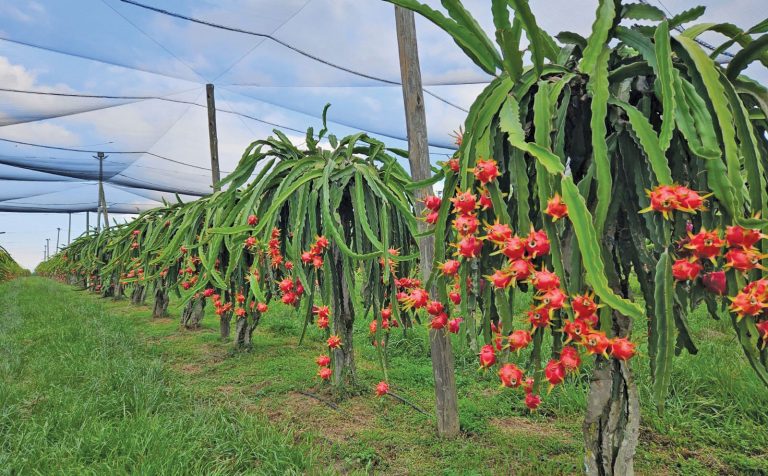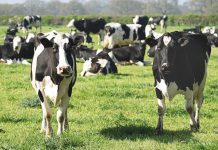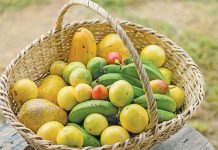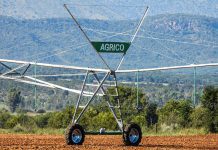
Photo: Lindi Botha
Much work however still needs to be done to fine-tune production practices and introduce consumers to this novel fruit.
Dragon fruit production in South Africa is a relatively new industry, with most plantings taking place over the last 10 years. Production areas stretch across the country, with the harvest taking place between January and June.
Speaking to Farmer’s Weekly, Fred Steyn, Mpumalanga farmer and chairperson of the Southern African Dragon Fruit Association, said demand for the fruit was picking up on both the local and international market, with prices holding steady throughout the season.
“Demand is increasing each year as consumers become more aware of dragon fruit, and the available quality improves. Many consumers tasted dragon fruit for the first time during the last five years and they are going back for more.”
While prices achieved on the European market were good, airfreight costs erased much of exporters’ profit margins, and the biggest challenge facing further growth of the industry was a lack of production information.
Production information manuals were especially difficult to develop since different cultivars required different management.
Jaco Jacobsohn, dragon fruit production manager at Al3 Boerdery in Limpopo, said trials conducted over the last season were bearing fruit as both yield and quality improved this year.
“Some varieties need more nitrogen to flower, while others want more potassium. As the industry grows, we are figuring more out about the best way to grow the fruit. Trials are also being done in different regions, since different climates necessitate different management practices.”
READ Dragon fruit: a weapon to fight food insecurity
The drought curtailed yields at the start of the season, but helped reduce the fungi pressure, which resulted in better-quality fruit. The industry was also expanding slowly, mostly as a result of current growers increasing the hectarage planted to the fruit.
“The whole management of the crop is mostly unknown. Tonnages are less than previously publicised, and if you don’t manage the crop correctly, you won’t get the critical mass you need to be profitable. It is an expensive crop to establish and maintain. There are also no registered crop protection chemicals for dragon fruit, which makes fighting pests difficult,” he said.
But Steyn noted that about 80% of consumers had not yet tasted the fruit and there was scope to increase consumption.
Since prices have decreased to more acceptable levels for consumers as supply has increased, dragon fruit now had a better chance to compete against other fruit.












